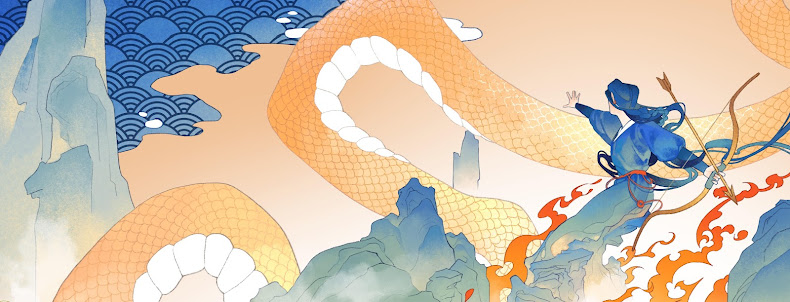Including
L’Oeuvre (The Masterpiece), I’ve so
far read five of the twenty-volume Rougon-Macquart series by Emile Zola (the
other four being: La Curee (The Kill), L’Assommoir
(The Dram Shop), Nana (Nana) and Le
Ventre (The Belly of Paris)). All five are set in kaleidoscopic Paris. The
period is some time during the semi-aristocratic and semi-bourgeois Second
Empire epoch. I love that each of the five portrays a different and unique
social and cultural aspect of the times.
In
the Preface, Ernest Alfred Vizetelly tells us that Zola draws from the real
life experiences of the famous French painters Paul Cezanne (Zola’s childhood
friend) and Edouard Manet (whose art Zola tirelessly championed) to develop the
characterization of the protagonist Claude Lantier. Sadly, this would subsequently
cause Cezanne to break up his friendship with Zola.
Claude
Lantier is a descendant by blood from the Macquart line and presumably suffers from
hereditary mental illness.
The
story follows Lantier through his initial ambitions as a young rebellious
painter and his subsequent self-perceived failures, which lead to a gradual
tragic descent into abject poverty and ultimate despair about life.
Cheered
on by a circle of fellow artists, including his best friend and budding writer Pierre
Sandoz (Zola himself), Lantier at first nurtures a megalomaniac dream of
conquering the art scene of Paris one day with his new concept of “open air”
painting. He even balks with audacity at the jeers of the public on his first creative
piece “In the Open Air” which he submits to the newly opened and supposedly
more liberal Salon of the Rejected.
He
then falls in love with a modest young woman from Clermont who adores him. The
couple lives happily in the countryside for a few years before returning to
Paris. As time wears on, each of his once loyal supporters has found success in
varying degrees, some by unscrupulous means, and he feels left behind in face
of consecutive rejections of his works by the conservative but still
authoritative Old Salon. In the end, neither his beloved wife nor his most
loyal friend Sandoz is able to lift him from the psychological dumps.
Zola
paints the Paris art scene with equal doses of realism and romanticism, of derision
and compassion, of insight and scorn. But all in all, I can feel his consuming love
of the city of Paris, which is also my favorite city. In this novel as well as
in L’Assommoir (The Dram Shop), he
takes us on a leisurely stroll through all the boulevards and avenues in the
center of Paris. In this novel, he dwells amorously on the scenery surrounding L’Ile
de la Cite and makes it the subject of the protagonist’s last masterpiece.
“People see it every day, pass before it
without stopping; but it takes hold of one all the same; one’s admiration
accumulates, and one fine afternoon it bursts forth. Nothing in the world can
be grander; it is Paris herself, glorious in the sunlight.”

No comments:
Post a Comment